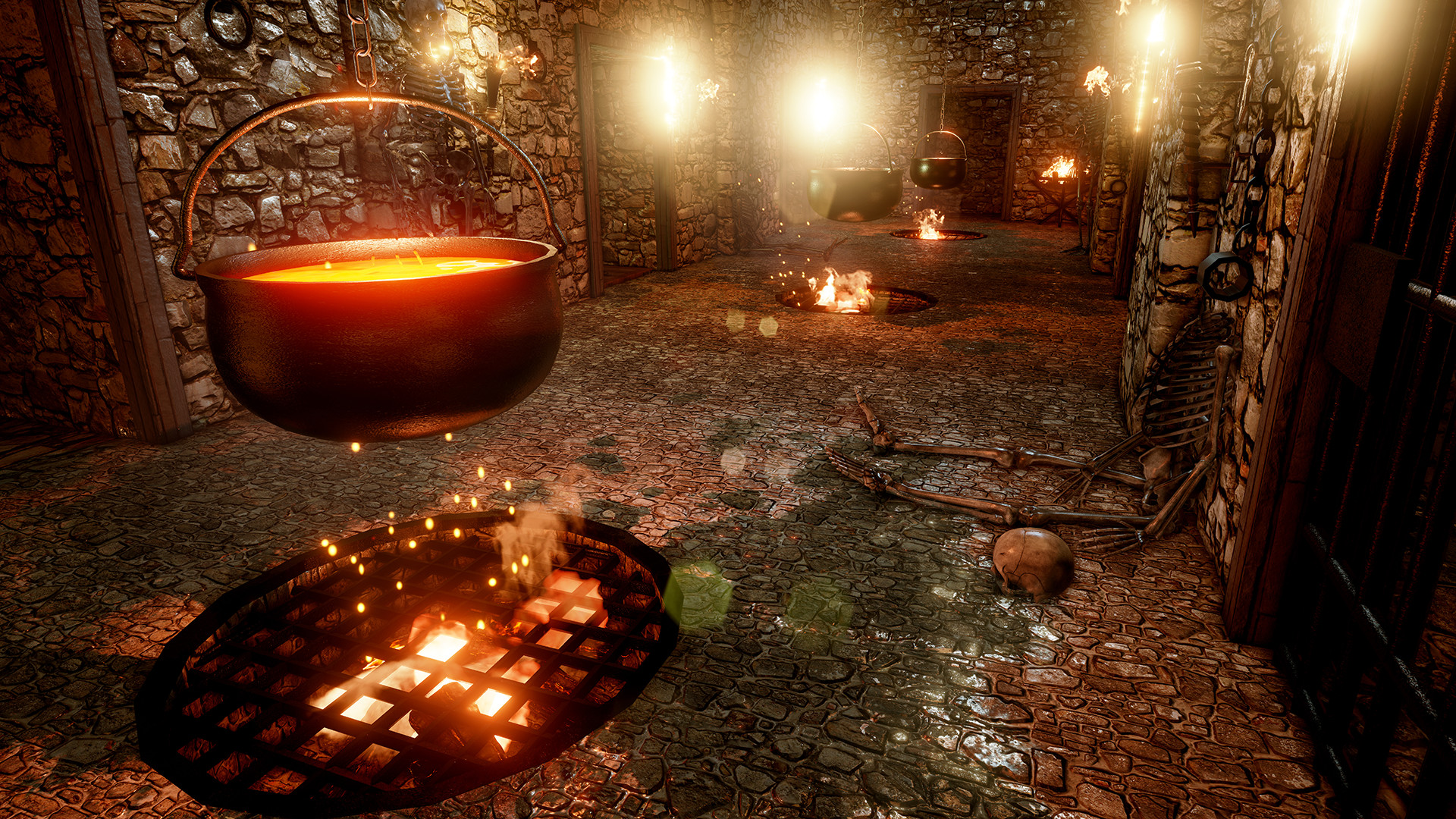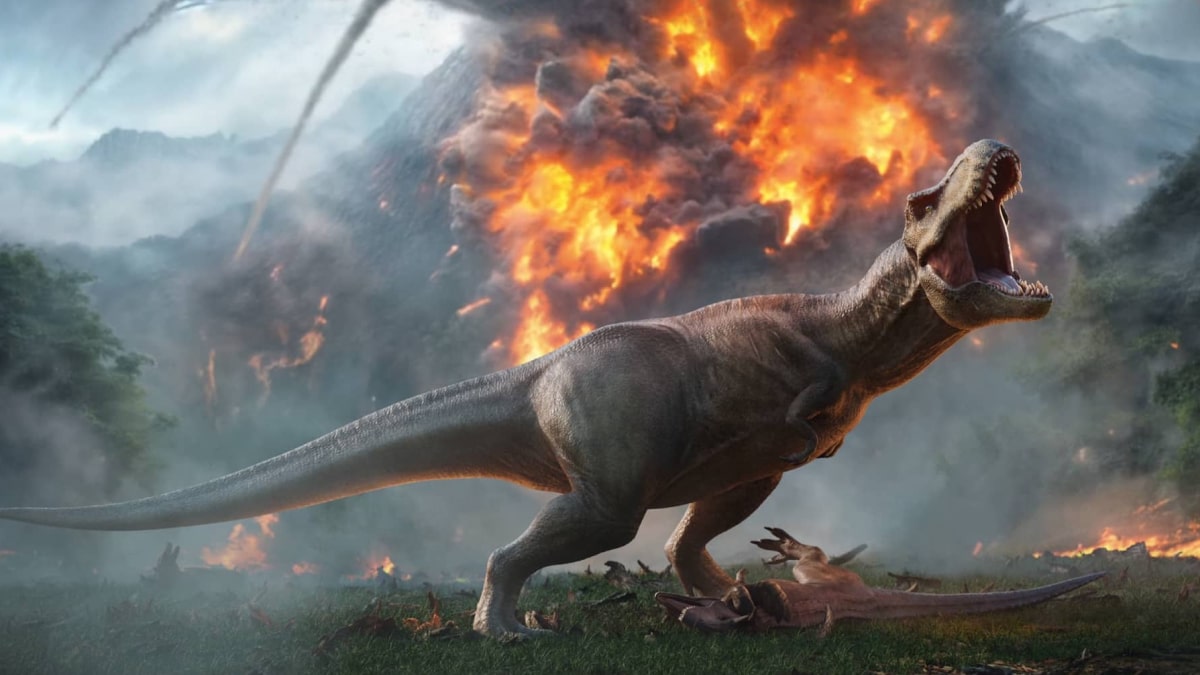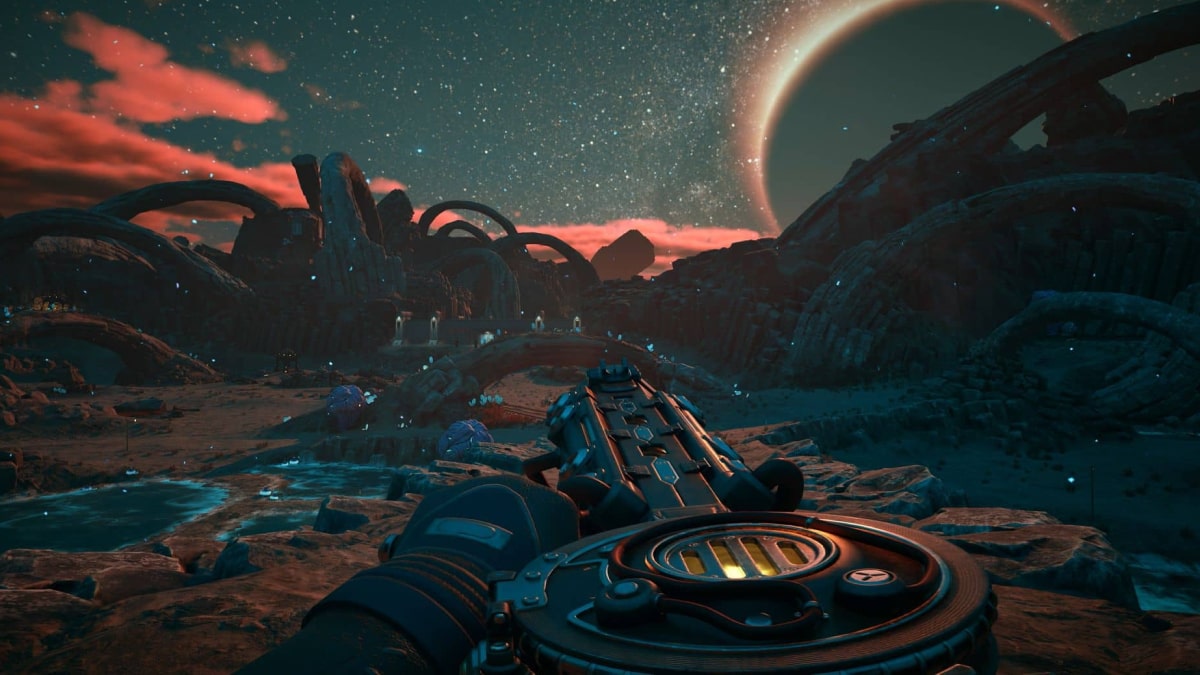You can trust VideoGamer. Our team of gaming experts spend hours testing and reviewing the latest games, to ensure you're reading the most comprehensive guide possible. Rest assured, all imagery and advice is unique and original. Check out how we test and review games here
Dangerous Golf is a blaring, bizarre time machine. Fire it up and you’ll be instantly transported back to the early-mid 2000s: from the first sight of the main menu, all gaudy Tony Hawk’s Underground skate aesthetic and baditude, it’s instantly and precisely reminiscent of a time when The Birdman was still king, with Bam Margera his appointed court jester, where Alien Ant Farm may, for some reason, be covering a Michael Jackson hit. It was also a time when Burnout hit its peak with the glorious third instalment, Takedown, and its excellent take on Crash mode. Everything in Dangerous Golf, from fonts to progression to music to the way an oversize golf ball spins like a globe when hopping between countries, is reminiscent of Burnout 3’s spirit. Everything, that is, except the game itself.
Three Fields Entertainment – made up in part by key ex-Criterion staff – may have nailed the style, but it hasn’t quite got the substance, and Dangerous Golf’s silly (in a good way) take on Crash mode ends up being not quite silly enough. The setup is simple: you tee off, cracking the ball into play, and from there on use the ‘Smashbreaker’ to send it careering around the stage, mopping up the rest of the valuables before your meter runs out and the ball goes dead. Impact Time or aftertouch (here called Danger Time) can be used to fine tune your points of attack, and once the ‘run’ has finished you’ll have to successfully putt the ball, or suffer a heavy points penalty (half, basically).
As with Crash mode the more destruction you cause the more points you get, and there are dozens of challenges to complete – smash all the vases, destroy all the plates, etc. Leathering a ball into a hall of mirrors and seeing the whole thing smashed to smithereens has a base appeal, flicking on the lizard part of your brain that laughs when people get hit in the head or fall over. But it’s also curiously sterile: the environments – gas stations, kitchens, the men’s toilets, grand dining rooms – seem ripe for destructive fun, but in actuality they’re rather boring. Three Fields could have set these stages literally anywhere, and opted for a set of urinals and a grocery store.
Rendered in the realism of UE4 and lacking any sign of humour (bar, ironically, some actual signs in the kitchen which subvert health and safety warnings) the whole thing feels curiously lacklustre, badly missing the sheer kineticism of its inspiration’s multi-vehicle pileups and the unpredictable nature of your interactions with them.
Also lacking from most of the levels is a sense of tension, which was one of Crash mode’s core appeals, particularly with two or more players. In Burnout there was a sense of anticipation, of needing to really nail the approach to get the high scores, judging the angle of approach and takeoff juuuuust right: a mix of skill, luck, and timing. Crucially, the world itself played a huge part in proceedings, with traffic density and flow dictating success or failure: a random element that could help or hinder, make or break an attempt.
That’s not really the case here: the world is mostly static, reacting only really to you rather than you with it. The start of each round sees the ball fire off in a location explicitly chosen by the player. If these tee shots then stopped you reaching – or at least hindered your approach to – the later objectives it would be fine, but in the main they don’t, because the game’s stages are so small and Danger Time can be used near-freely.
Crash mode’s Impact Time worked because, again, you felt you had one shot at using it, of guiding your car through the air into high value wrecks to bolster a good run, or rescue a bad one. In Dangerous Golf players can just hold down the slow motion button and guide the ball around at your leisure. It’s not strictly a guaranteed gold or platinum medal, as multipliers still disappear at normal speed, but it takes the edge off of the game, and slows it down so much that two-player isn’t really a lot of fun: watching your mate guide a golf ball into a grandfather clock at a speed approaching ‘coma’ doesn’t quite have that same appeal.
Later stages introduce a tee-off destruction ‘score’ that must be hit to proceed (although, like with most of the game’s instructions, Dangerous Golf is terrible at making this clear) and time limits which don’t slow when you do. This gives Danger Time a new function as a fine-tuning mechanism, which then introduces the much-needed intensity. For the most part, however, it’s a game with a lot of explosions and not that much excitement. In Crash mode, grin-inducing pyrotechnics happened as a reward for good play. Here, they just happen.
Version Tested: PC







